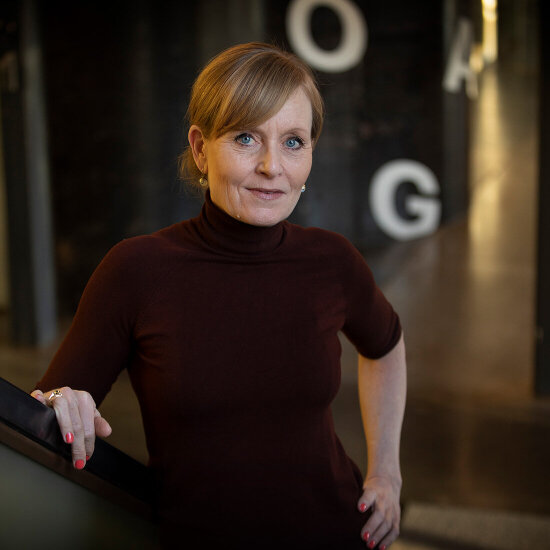Service design has helped cut back the waiting time for breast cancer diagnosis at Oslo University Hospital by an entire 90 percent. This is only one of many examples in which design methodology contributes to solving major and complex problems in the public sector.
What are the challenges?
But innovating the public sector is easier said than done. The challenges lie primarily in the manner in which the public sector is structured: hierarchically with various administrative levels and sectors, each with its own social mission.
The main focus is usually on the core social tasks, which is also how most of the sectors are measured and evaluated. The more rigid the framework, the clearer the prioritising of these tasks. This is how the silo mentality has become the norm. Even if every individual unit carries out its tasks successfully and meets all requirements and expectations, no one has responsibility for the whole. Increasing numbers of major societal challenges need to be solved across all administrative levels and sectors.
Need for a new approach
To develop more effective administration and more integral and better services for users, we need to address challenges in new ways. This type of development work often comes to a standstill due to a lack of competence in and experience with innovation.
Monitoring and the achievement of objectives are very important in the public sector, which is in stark contrast to innovation work involving curiosity and the acceptance of trial and error. That is why there is a need to increase knowledge about and the use of innovation methods and tools in government activities. This is where design comes into the picture.
Read how design is being tested as a method in administrative work through the Stimulation Programme.
Designing solutions for and with people
The field of design evolves along with society and has expanded its scope over the past decades. The design of objects is still very much part of this discipline, but designers also work on creative problem solving and development work in areas ranging from products and services to interaction design and the design of systems and environments. What they all have in common are user-driven processes and co-creation, i.e. the development of new solutions for and with people.
Co-creating processes
The field of design meets an increasing need for creative problem solving and currently offers methods and tools for innovation, communication, administration and renewal. The physical form can be part of the results, but these results may also entail a digital solution, brand, system, more effective service, and so on.
Service design is proving increasingly to be well suited to tackling complex problems, such as by facilitating co-creation processes that result in a joint understanding across the whole of units, users, places and incidents.
The field of design is also developing rapidly as an academic discipline. The research is versatile and covers areas of society that have not yet been studied.
“Design within the context of public innovation represents a different approach to policy design rather than being merely a supplement to the range of resources and tools already available.”
Norway at the forefront
Norway ranked exceptionally high in an international study conducted by the Service Design Network on the use of service design in the public sector.
“Norway has a mature ecosystem for service design. Both DOGA and the Oslo School of Architecture and Design (AHO) are working on development and education in this area and several design agencies have played a significant role in training civil servants in the use of service design,” says PhD Research Fellow at AHO Manuela Aguirre about the study.
The report points out that service design is a cost-effective way to increase the effects of public services. Several examples are given of how a much greater effect is achieved by more closely examining user experiences with these services, rather than basing decisions on extensive figures that lack this personal, user-oriented perspective.
Read more
Stay updated on upcoming training courses and activities through DOGA’s calendar

